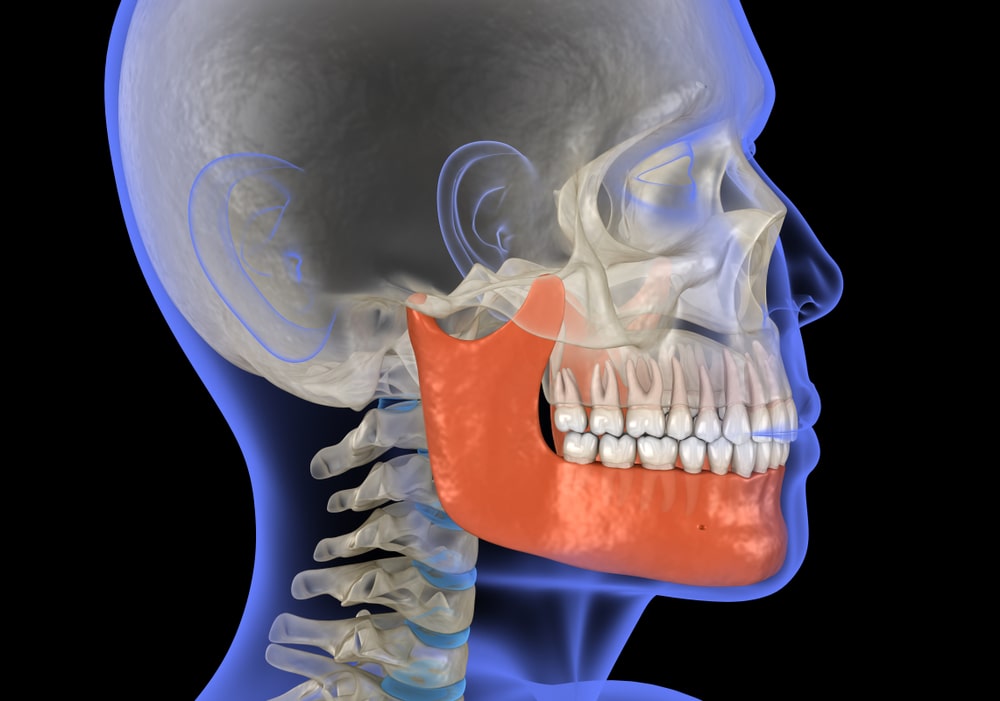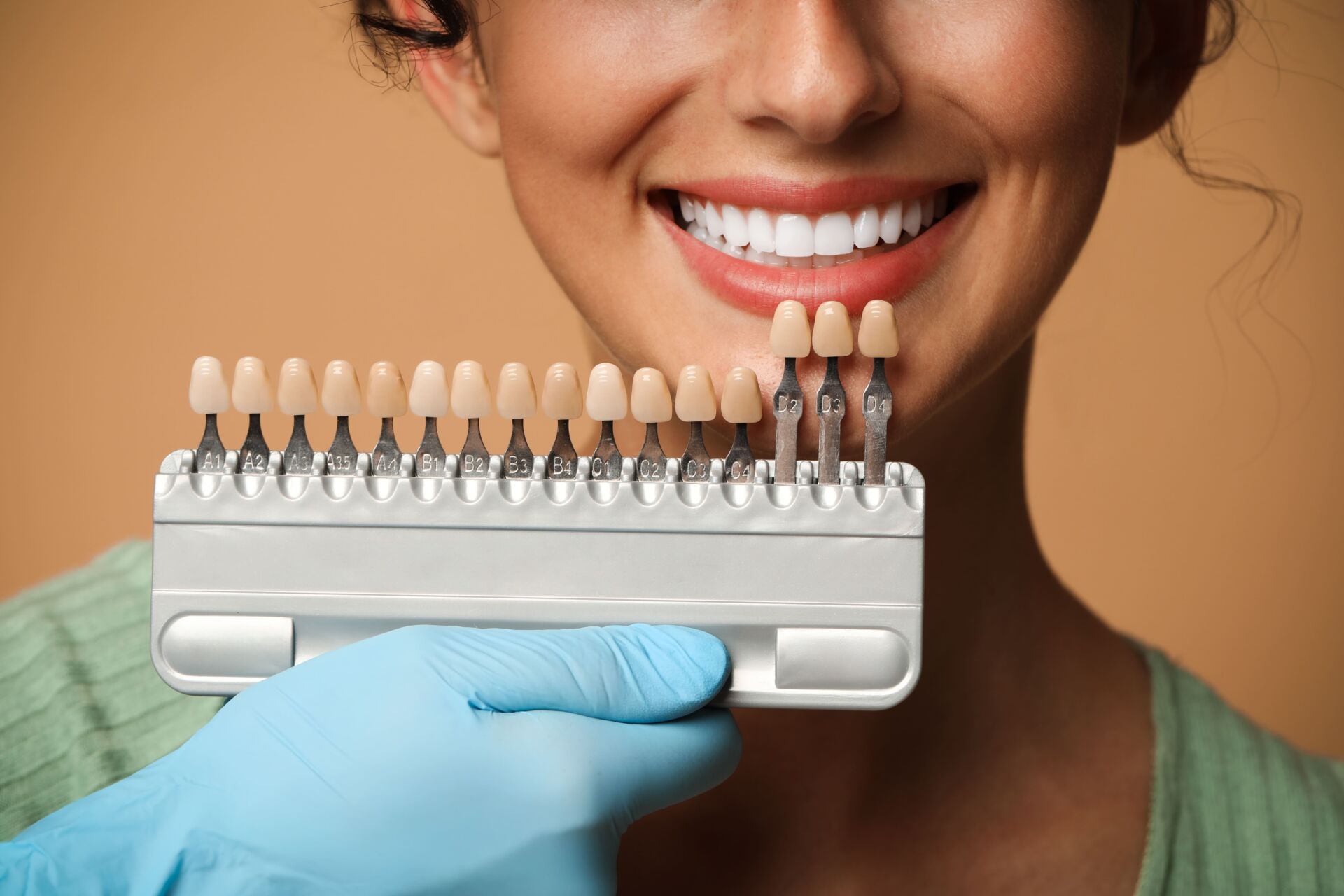Did you know that mouth breathing, lip seal, and improper tongue posture can cause disharmonies in the jaw and lead to irregular jaw growth? One way that orthodontists are treating jaw problems is through facial growth orthodontics, a method of correcting and remodelling the mid-face and upper jaw by stimulating the nerves in the palate.

This article takes a closer look at how facial growth orthodontics work, including the benefits and who may be eligible for this treatment.
How does facial growth orthodontics differ from traditional orthodontics?
Traditional orthodontics (typically, braces or surgery) straightens teeth to create a nice smile. However, traditional methods don’t address jaw position and face development. Sometimes, when patients with an underdeveloped jaw don’t have enough “room” for teeth because of an underdeveloped jaw, the recommended course of action is to remove some teeth. However, this can make the jaw smaller and lead to loss of structure and facial aesthetics.
With facial growth orthodontics or controlled arch orthodontics, the goal is to adapt tooth movement to the patient’s natural facial characteristics. Instead of seeking to simply straighten the teeth, the goal of this method is to help the jaw reach its proper size for correct function and improved physiological appearance.
How does the process work?
First, your orthodontist will examine your condition and determine whether it’s caused by one or more of the “big three” (mouth breathing, lip seal, and tongue posture). Once diagnosed, you’ll receive a recommendation for the right treatment plan based on your individual case.
The treatment uses a fixed growth guided appliance (FGGA) and removable growth guided appliance (RGGA), which puts light pressure on the nasopalatine nerve to stimulate development. Over time, the result is a remodel of the patient’s mid-face.
Some of the improvements that patients see are:
- Nasal passageways able to take in more oxygen
- Flat cheekbones begin to develop
- A more defined jawline
- Full appearance in the lips
- Upturned noses may straighten
- An aligned smile
- Reduced TMJ syndromes
Who is eligible for facial growth orthodontics?
Patients who have the following may be a good candidate for facial growth orthodontics:
- Overbite
- Underbite
- Crossbite
- Cranial strains
- Facial asymmetries
- Crowded teeth
- Sleep apnea
- Bad posture
- TMJ pain
- Facial pain
- Migraines and headaches
- Premature facial ageing
As with any orthodontic treatment, consult with your doctor to see if facial growth orthodontics is right for you.




